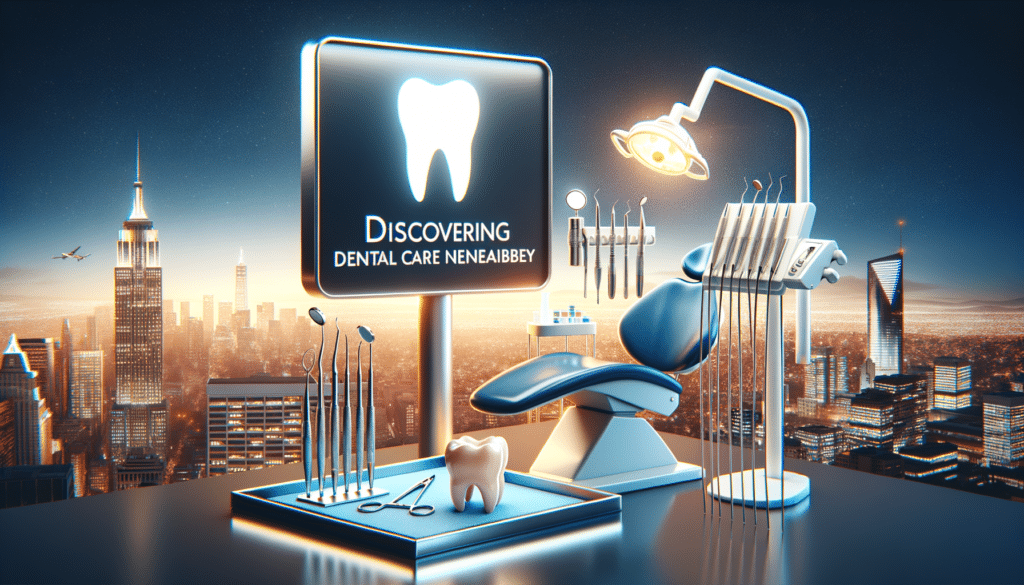Introduction to Vision Tests
Vision tests are a fundamental part of maintaining eye health, playing a crucial role in detecting vision problems that can affect daily life. These tests are designed to evaluate various aspects of vision, including clarity, depth perception, and color vision. Regular vision tests can help identify issues early, allowing for timely intervention and treatment. With the increasing reliance on digital screens, the importance of vision tests has grown, making them a vital component of routine healthcare.
The Process of Vision Testing
A comprehensive vision test typically involves several steps, each assessing different facets of eye health. The process begins with a visual acuity test, where individuals read letters from a chart at a specific distance to determine clarity of vision. This is followed by a refraction test, which identifies the need for corrective lenses. Other tests may include:
- Color vision testing to detect color blindness.
- Peripheral vision testing to assess the range of vision.
- Depth perception tests to evaluate the ability to judge distances.
Each of these tests provides valuable insights into specific aspects of vision, helping eye care professionals tailor treatments to individual needs.
Comparing Different Types of Vision Tests
There are various types of vision tests, each serving unique purposes. Standard eye exams are common and assess overall eye health and vision clarity. However, specialized tests may be required for specific conditions. For instance, a slit-lamp exam provides a magnified view of the eye’s structures, crucial for detecting cataracts or corneal conditions. Visual field tests evaluate peripheral vision, often used to diagnose glaucoma. Understanding the differences between these tests can help individuals make informed decisions about their eye care.
Importance of Regular Vision Testing
Regular vision testing is essential for detecting changes in vision that may indicate underlying health issues. Conditions such as diabetes and high blood pressure can affect eye health, making routine tests important for early detection. Moreover, vision tests can identify age-related changes, ensuring timely interventions to maintain quality of life as one ages. By prioritizing regular eye exams, individuals can safeguard their vision and overall health.
Conclusion: The Future of Vision Testing
The future of vision testing is promising, with advancements in technology enhancing the accuracy and efficiency of these tests. Innovations such as digital eye exams and telemedicine are making vision care more accessible. As technology continues to evolve, vision tests will likely become even more integral to preventive healthcare. Embracing these advancements can lead to better eye health outcomes and improved quality of life.




